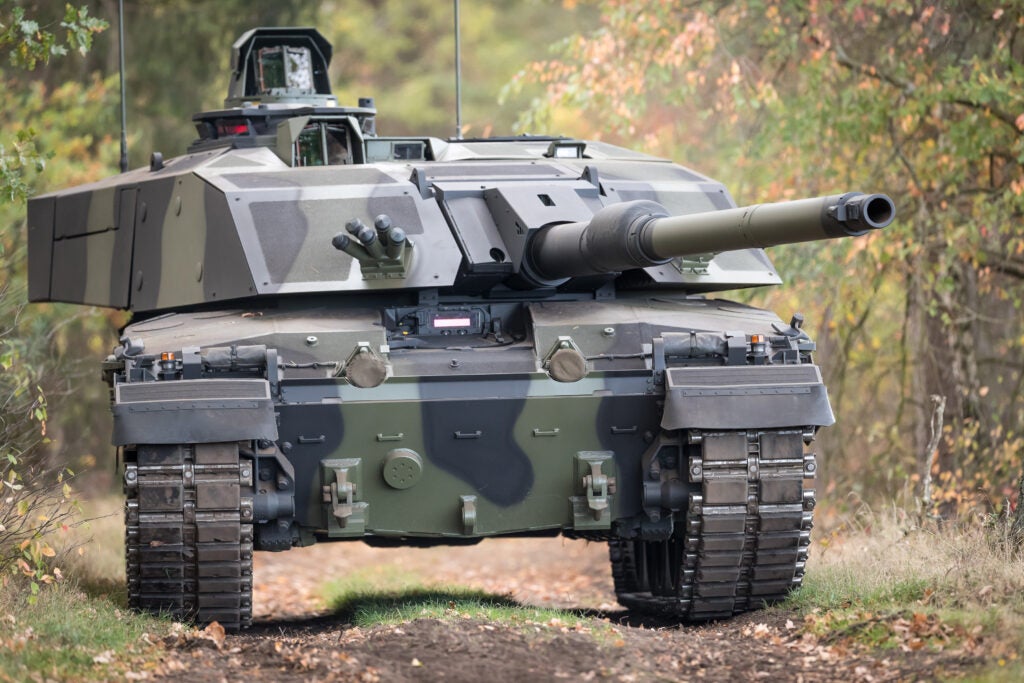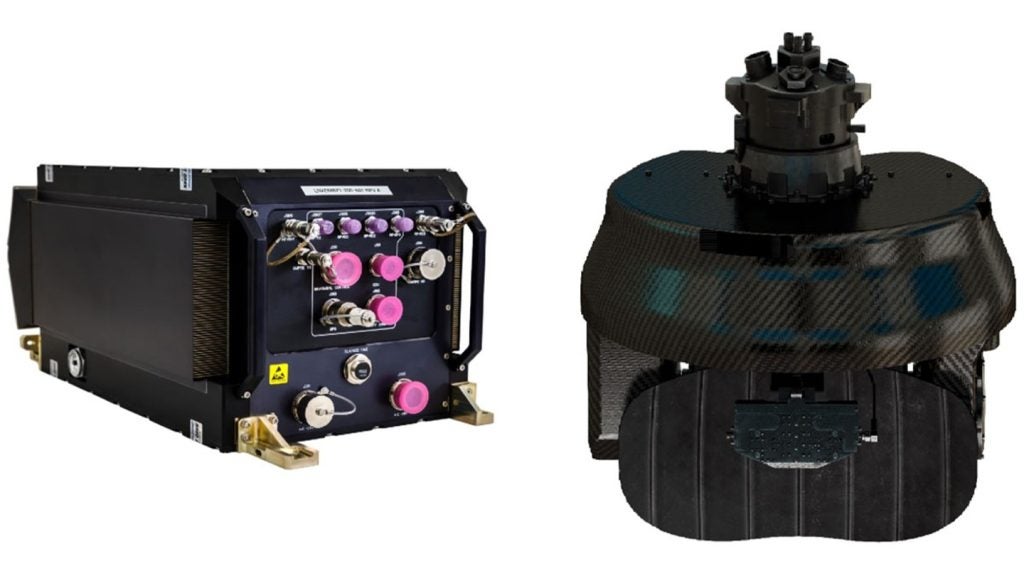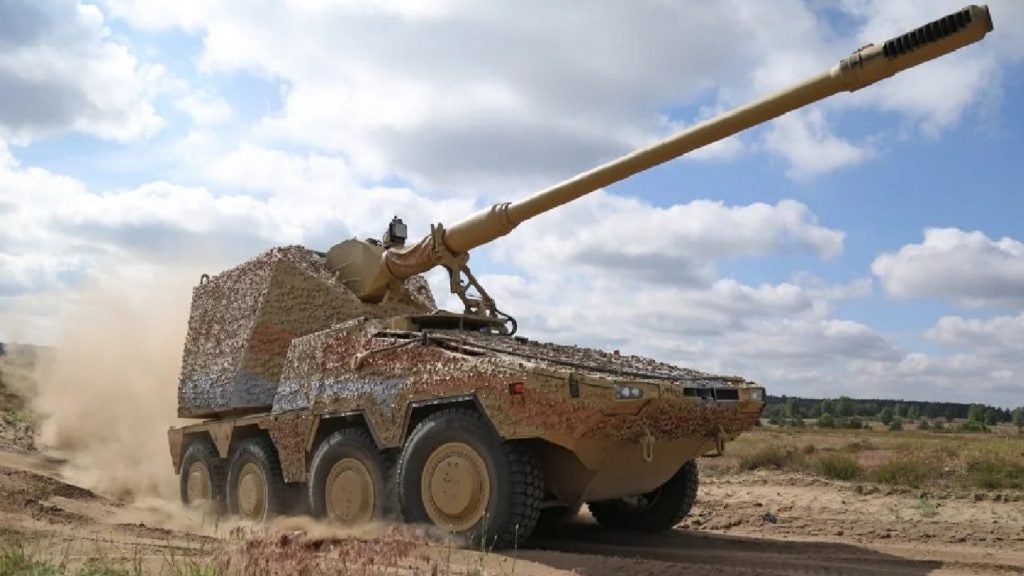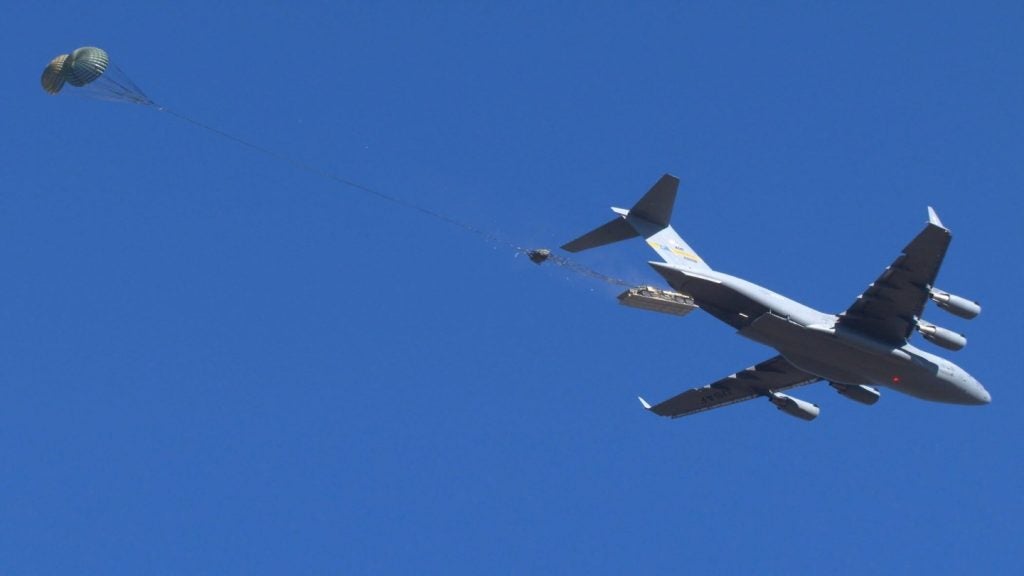
The Royal Canadian Army has partnered with Picatinny Arsenal’s Program Executive Office Ammunition (PEO Ammo) engineers for upgrade of its World War II-era C3 howitzer fleet.
With support from Armament Research, Development and Engineering Center (ARDEC) engineers, the PEO Ammo employees are conducting an analysis of the stresses of the C3 Howitzer in a bid to support its lifecycle.
Canada is planning to extend the service life of the 1950s-built howitzer by an additional ten or 11 years.
Canadian Army Field Artillery Systems Equipment Management team leader major David Lebel said the howitzer has developed some cracks, whose development cannot be explained by the army.
”We need to be able to find solutions without having to ground the fleet for a long amount of time," Lebel said.
How well do you really know your competitors?
Access the most comprehensive Company Profiles on the market, powered by GlobalData. Save hours of research. Gain competitive edge.

Thank you!
Your download email will arrive shortly
Not ready to buy yet? Download a free sample
We are confident about the unique quality of our Company Profiles. However, we want you to make the most beneficial decision for your business, so we offer a free sample that you can download by submitting the below form
By GlobalDataSee Also:
ARDEC C3 Evaluation team lead Luke Helsel said the team will conduct a series of tests to determine potential problems that could occur throughout the system over the next year.
"We’re going to do analysis to help the Canadian Army find those problems in advance. It helps them better predict areas to target for inspections or to perform upgrades,” Helsel said.
A howitzer was recently transferred to Aberdeen Proving Ground, Maryland, for mobility trials, during which the engineers will instrument the gun with strain gauges to measure the amount of metal being pulled while towing the gun, apart from towing the gun around a series of courses over hills and other terrain.
The data will be used to virtually predict the nature of strain throughout the whole carriage, according to Hesel, who also noted: "After that, we can come back and figure out where we think the other high strain areas are and perform another test to confirm our analysis."
The howitzer is scheduled to be transferred to Yuma Proving Ground, Arizona, for firing trials in April 2014.
The C3 howitzers are primarily used by the Canadian Army for training, and also for avalanche control in the snow-covered mountains.
Image: Canadian Army Lifecycle 105 mm Howitzer Fleets material manager explains ARDEC how to conduct maintenance on the C3 howitzer. Photo: courtesy of Todd Mozes.








